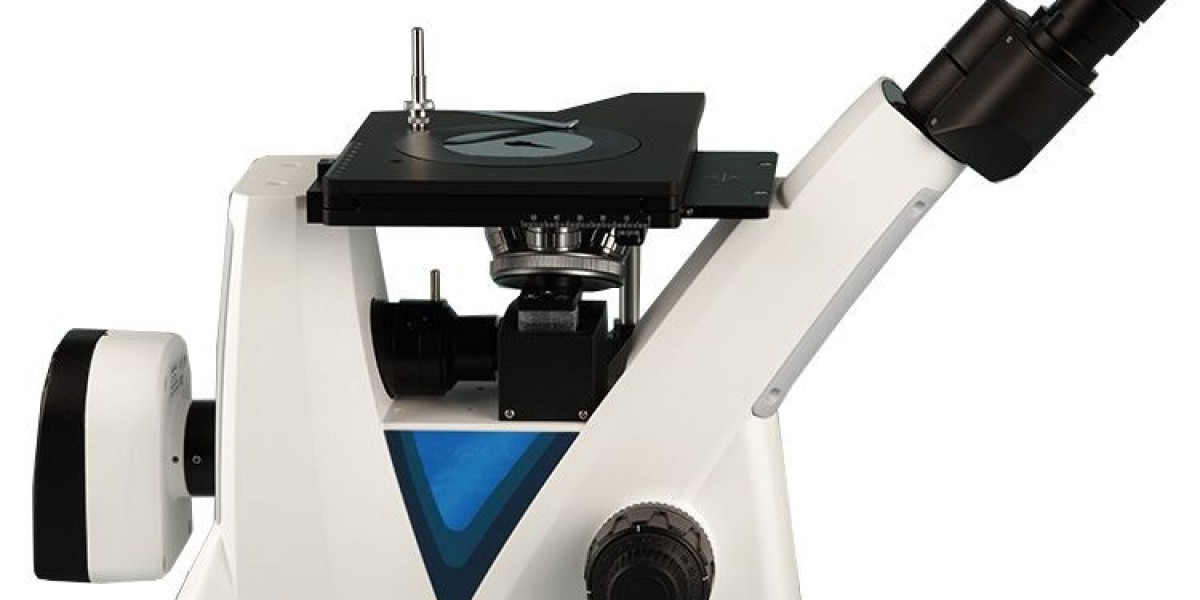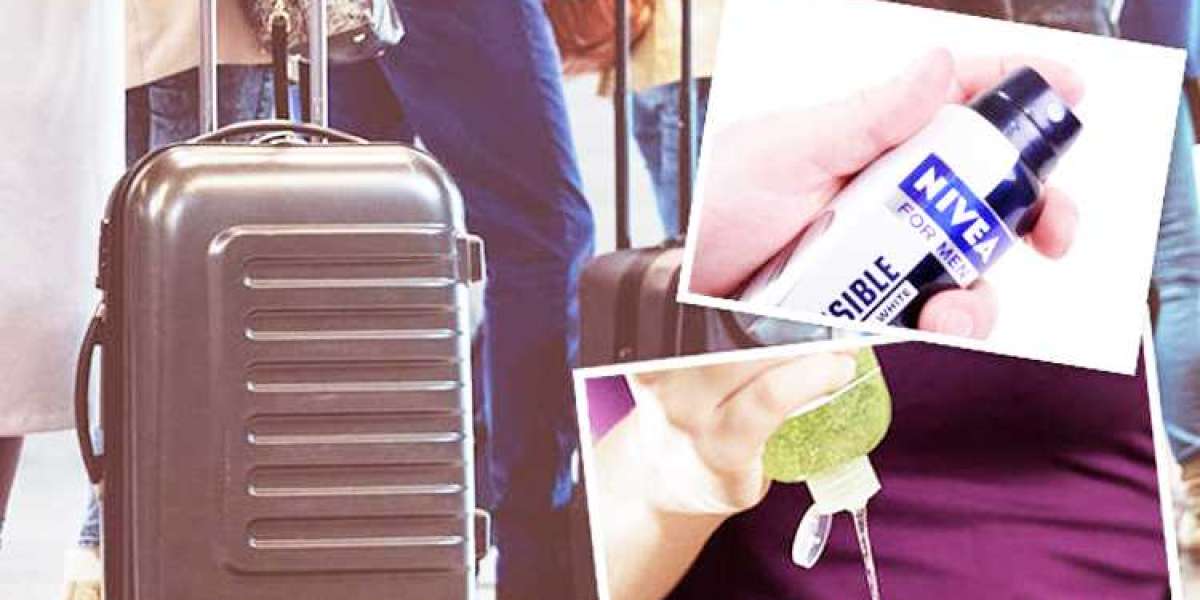The best way to use an inverted microscope depends on the specific specimen you are viewing and the results you want to achieve. However, there are some general tips that can help you get the most out of your inverted microscope:
1. Use the correct magnification.
Inverted microscopes typically have a range of objectives, each with a different magnification. Choose the objective that will give you the best view of your specimen. If you are unsure which objective to use, start with a lower magnification and then increase the magnification as needed.
2. Focus carefully.
It is important to focus the microscope carefully in order to get a clear image of your specimen. To focus the microscope, slowly turn the fine focus knob until the specimen is in sharp focus.
3. Adjust the illumination.
Inverted microscopes typically have a variety of illumination options, such as brightfield, darkfield, and fluorescence. Choose the illumination option that will give you the best view of your specimen.
4. Use immersion oil.
If you are using a high-magnification objective, you may need to use immersion oil. Immersion oil is a clear liquid that helps to reduce glare and improve the resolution of the image. To use immersion oil, place a small drop of oil on the top of the specimen and then lower the objective into the oil.
5. Take notes and photos.
It is often helpful to take notes and photos of your observations. This can help you to track changes in your specimen over time and to share your findings with others.
If you are using an inverted microscope for live cell imaging, it is important to maintain the temperature, CO2 concentration, and humidity of your cells. You may also need to use a low-light microscope to minimize the photobleaching of your fluorescent dyes. If you are using an inverted microscope for materials science, it is important to prepare your specimen carefully. You may need to polish or etch your specimen in order to get a clear image.








